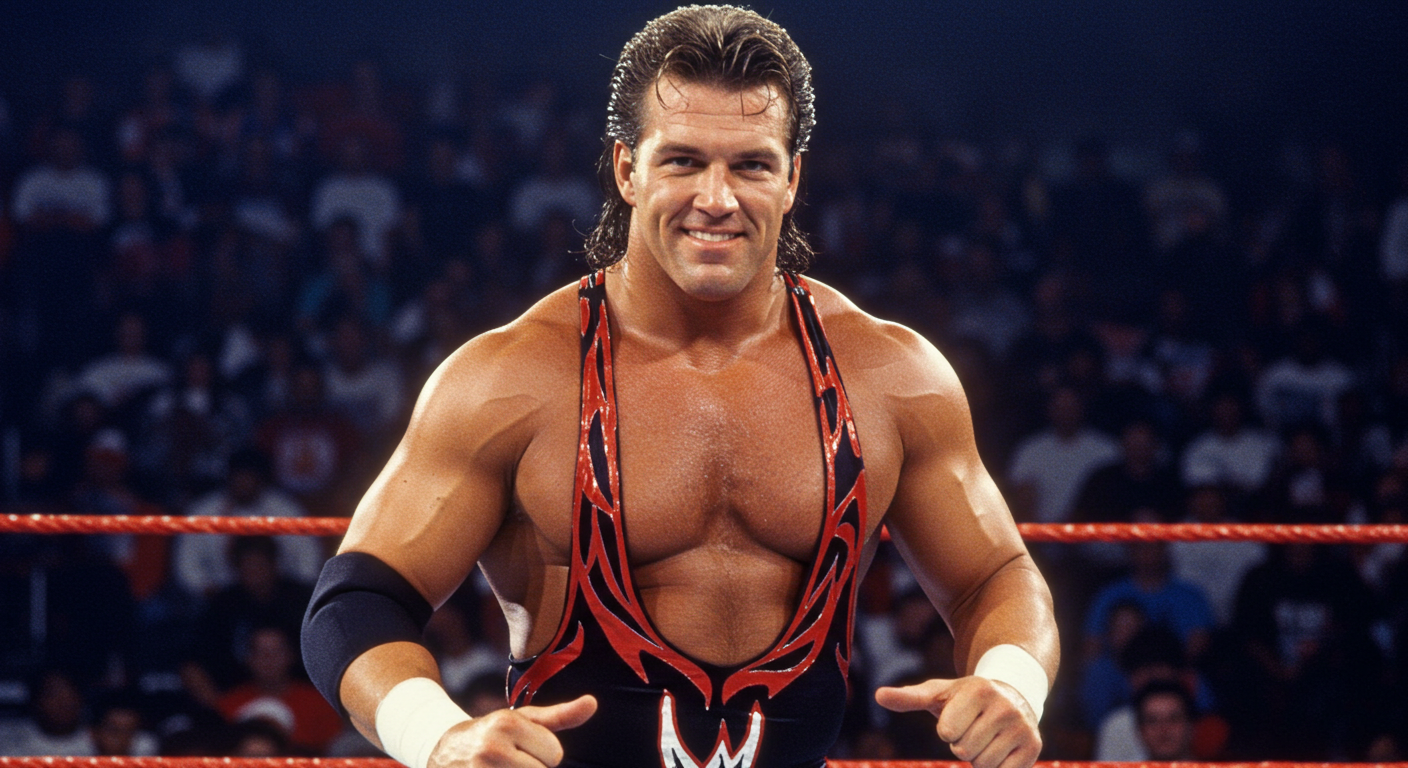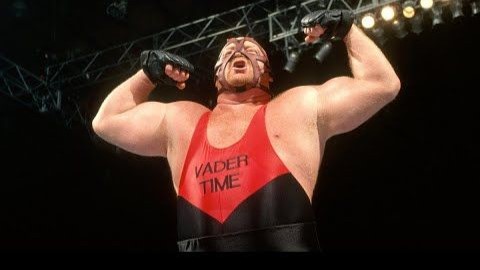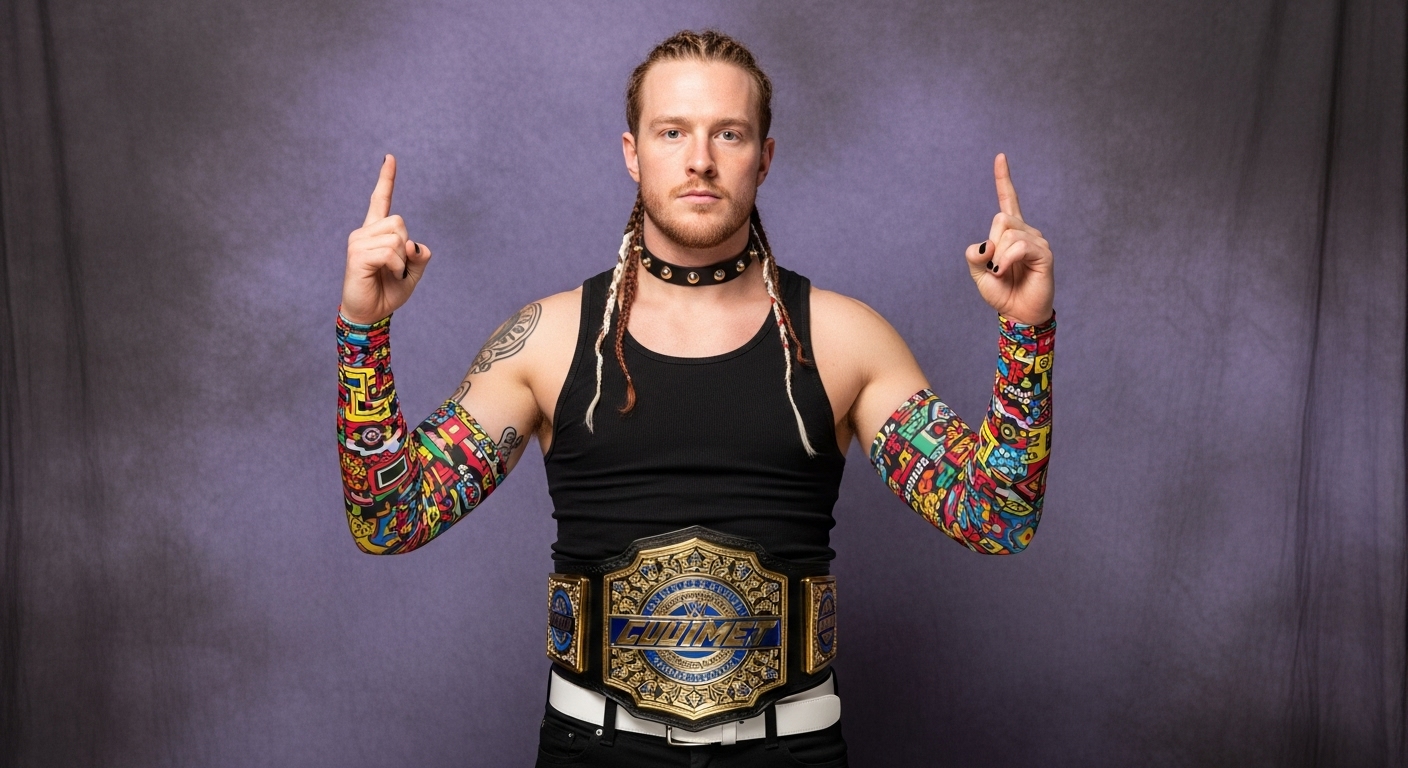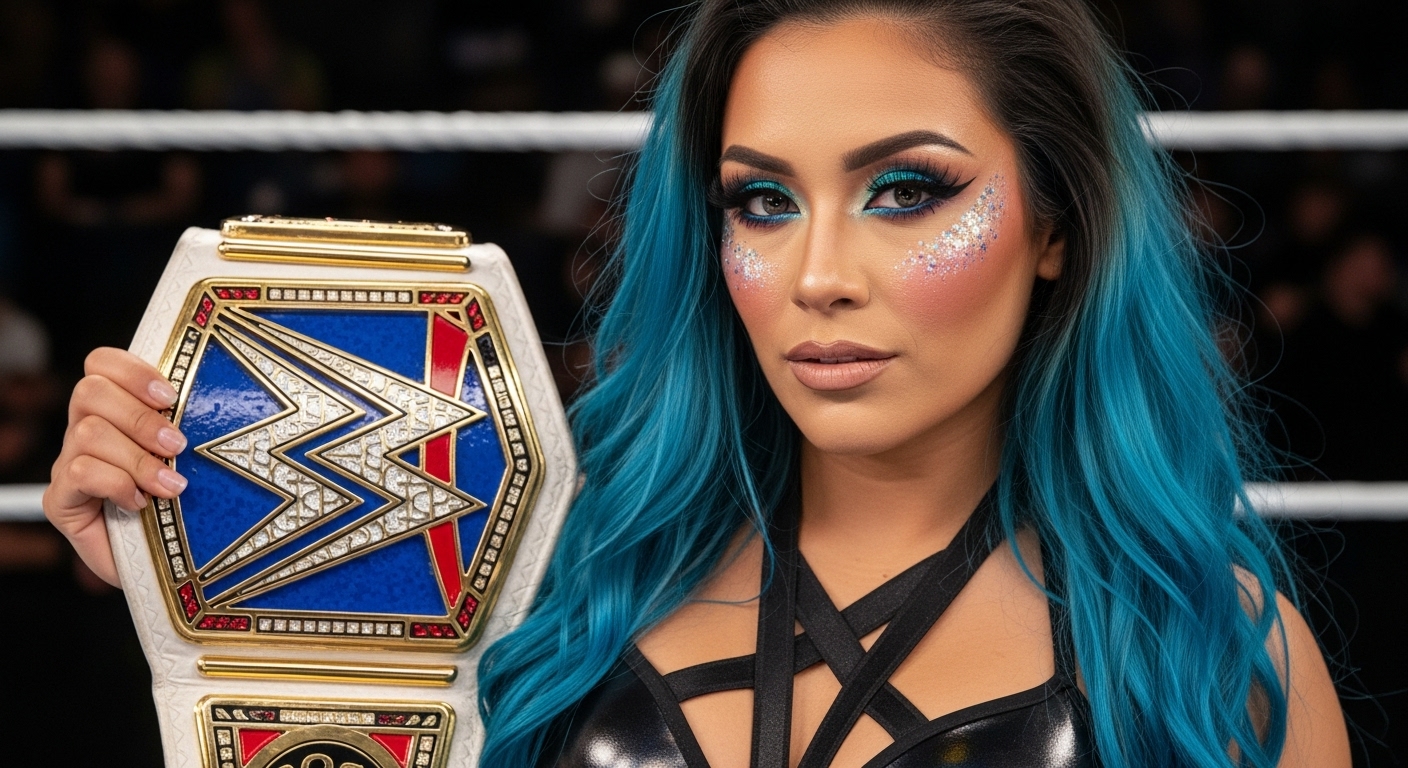See Resume of “Ravishing Rick Rude” WWE Superstar, Discover the thrilling world of WWE Superstars! Explore profiles, match highlights, and exclusive insights into your favorite wrestling icons.
Simply Ravishing: Deconstructing the Seminal Resume of Rick Rude
In the pantheon of professional wrestling, some resumes are built on athletic prowess, some on championship volume, and others on sheer fan adoration. The resume of “Ravishing” Rick Rude, however, is etched in steel-cut abs and dripping with an arrogant condescension that made him one of the most effective and hated villains the industry has ever known. His was a career built not just on victories, but on unparalleled heel psychology, a groundbreaking persona, and a legitimate toughness that earned the respect of everyone he stepped in the ring with.
For over a decade, Rick Rude was the epitome of the narcissistic antagonist. With a physique that looked like it was chiseled from granite, an airbrushed likeness of his opponent on his tights, and a swiveling hip-gyration that drove audiences into a frenzy, he was a master of inciting visceral hatred. Before he would deliver his “Rude Awakening” neckbreaker, he would command the “fat, out-of-shape sweat hogs” in the audience to keep the noise down while he took off his robe to show them what a “real man” looked like. To analyze the resume of Rick Rude is to study a masterclass in character work, a performer whose influence is still felt today and whose list of accomplishments across multiple major promotions solidifies him as one of the most complete and impactful superstars of his generation.
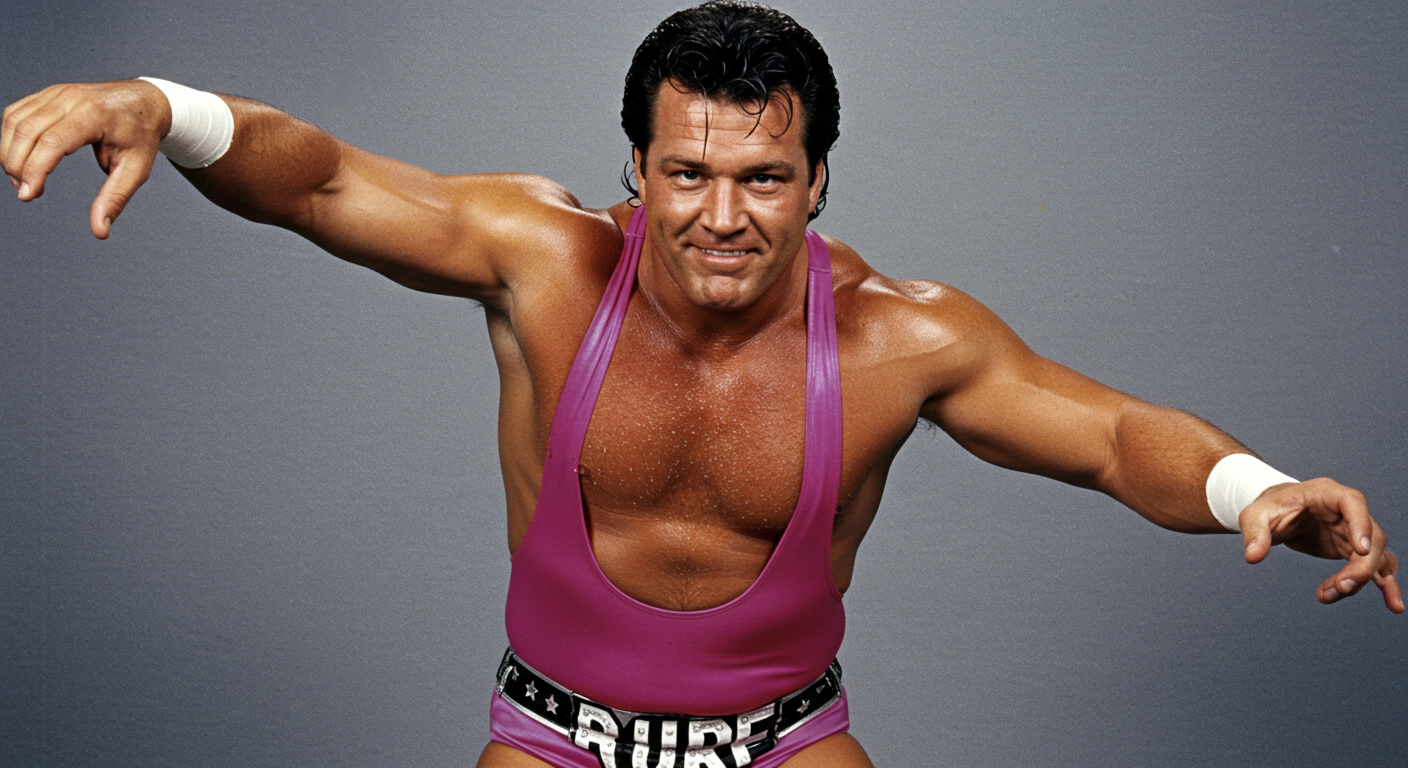
Act I: Forging a Reputation in the Territories
Before becoming a household name in the WWF, Rick Rude honed his craft and built his reputation in the intense, competitive proving grounds of the southern territories. A legitimately tough athlete with a background as a competitive arm wrestler, Rude brought an instant credibility to his arrogant persona.
- World Class Championship Wrestling (WCCW): In the heart of Von Erich country, Rude immediately established himself as a premier heel. Managed by the crafty Percy Pringle (who would later become Paul Bearer), he captured the NWA American Heavyweight Championship, which was effectively the top title in the promotion. His feuds against Kerry Von Erich and Chris Adams were main-event attractions that proved he could be a top draw in a territory fiercely loyal to its homegrown heroes.
- Jim Crockett Promotions (JCP) / WCW: Rude’s next stop was JCP, the precursor to World Championship Wrestling. Here, he joined Paul Jones’ Army and continued his ascent. It was in JCP that he had a legendary feud with Ricky “The Dragon” Steamboat over the NWA United States Heavyweight Championship. Their matches were clinics in storytelling, pitting Rude’s brute strength and arrogance against Steamboat’s fiery babyface spirit. He would also team with “The Raging Bull” Manny Fernandez to win the NWA World Tag Team Championships. This period proved Rude could succeed on a larger, national stage and was a precursor to the superstardom that awaited him.
Act II: The Ravishing WWF Era – A Masterclass in Heeldom
In 1987, Rick Rude made his debut in the World Wrestling Federation, and the wrestling world was never the same. Aligned with the greatest managerial mind in the business, Bobby “The Brain” Heenan, Rude’s persona was amplified on the global stage of Vince McMahon’s rock ‘n’ wrestling world. His resume from this era is a perfect illustration of how to be a top-level villain.
- The Ultimate Antagonist – The Feud with Jake “The Snake” Roberts: This is, without question, one of the most iconic and effective feuds of the 1980s. After Rude attempted to give his post-match “Rude Awakening” kiss to a woman selected from the crowd, he inadvertently chose Jake Roberts’ real-life wife, Cheryl. When she slapped him, revealing her identity, it sparked a deeply personal and heated rivalry. Rude took things a step further by airbrushing Cheryl’s face onto the crotch of his tights, an act so audacious and insulting for the time that it generated genuine, white-hot heat. This feud was a masterclass in psychological warfare and cemented Rude as the premier antagonist in the company.
- The Intercontinental Champion – Conquering The Ultimate Warrior: At WrestleMania V, Rick Rude achieved what few thought possible: he handed The Ultimate Warrior his first-ever pinfall loss in the WWF. With help from Bobby Heenan, who held Warrior’s leg during a suplex attempt, Rude pinned the unstoppable force to win the prestigious Intercontinental Championship. This was a monumental victory. It wasn’t just a title win; it was a statement. It proved that Rude’s intelligence and tenacity, guided by Heenan, could overcome even the most powerful babyfaces. His reign as Intercontinental Champion was a highlight of the era, further solidifying the title as the “workhorse” championship.
- Main Event Feuds: Rude didn’t just linger in the mid-card. He had high-profile feuds with “Rowdy” Roddy Piper and engaged in main-event programs against the likes of Hulk Hogan. While he never captured the WWF Championship, he was always presented as a credible threat to it, a testament to the strength of his character and his in-ring work.
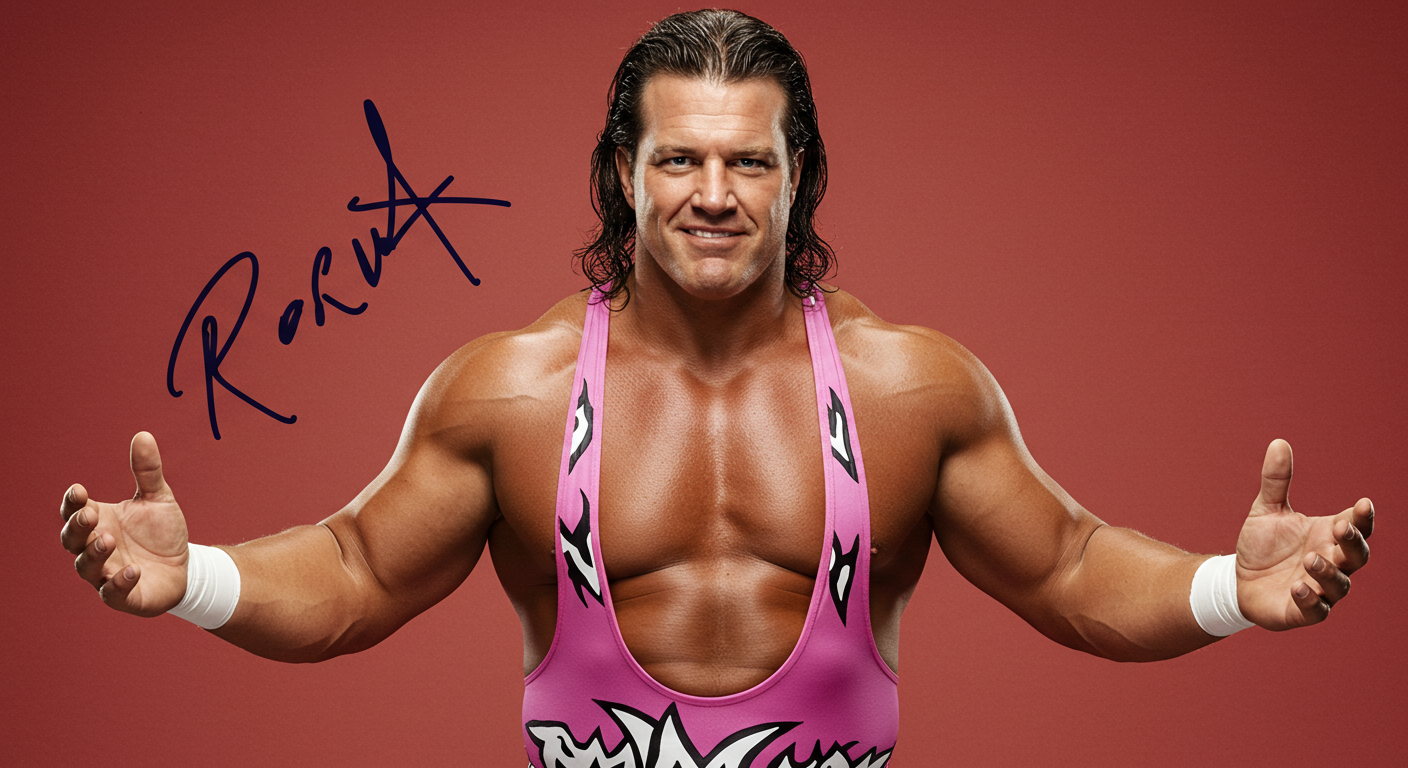
Act III: The Dangerous Alliance and a Legacy Cut Short
In 1991, Rude returned to WCW, but this was a different man than the one who had left years earlier. He was now a seasoned main eventer, and he quickly formed one of the greatest factions in wrestling history.
- Leader of The Dangerous Alliance: Managed by Paul E. Dangerously (Paul Heyman), The Dangerous Alliance was a collection of wrestling’s finest technicians and villains, including “Stunning” Steve Austin, Arn Anderson, Bobby Eaton, and Larry Zbyszko. With Rude as its centerpiece and United States Champion, the group waged war against WCW’s top stars like Sting, Ricky Steamboat, and Dustin Rhodes. The “WarGames” match between The Dangerous Alliance and Sting’s Squadron at WrestleWar 1992 is still considered by many to be the greatest WarGames match of all time.
- The “Franchise” of WCW: During this run, Rude held the United States Championship for an impressive 14 months, a reign so long and dominant that he often referred to himself as the “true” World Champion. His series of matches against Ricky Steamboat are legendary for their technical brilliance. He was a pillar of the company, a performer who could be relied upon to deliver a main-event-quality match on any given night.
- The WCW International World Heavyweight Champion: Rude also held the “Big Gold Belt,” then representing the WCW International World Heavyweight Championship. Unfortunately, it was during a match against Sting in Japan in 1994 that Rude suffered a severe back injury after taking a bump on the corner of the ring platform. The injury forced him into an early retirement from in-ring competition, a tragic end to the career of a performer who was still at the top of his game.
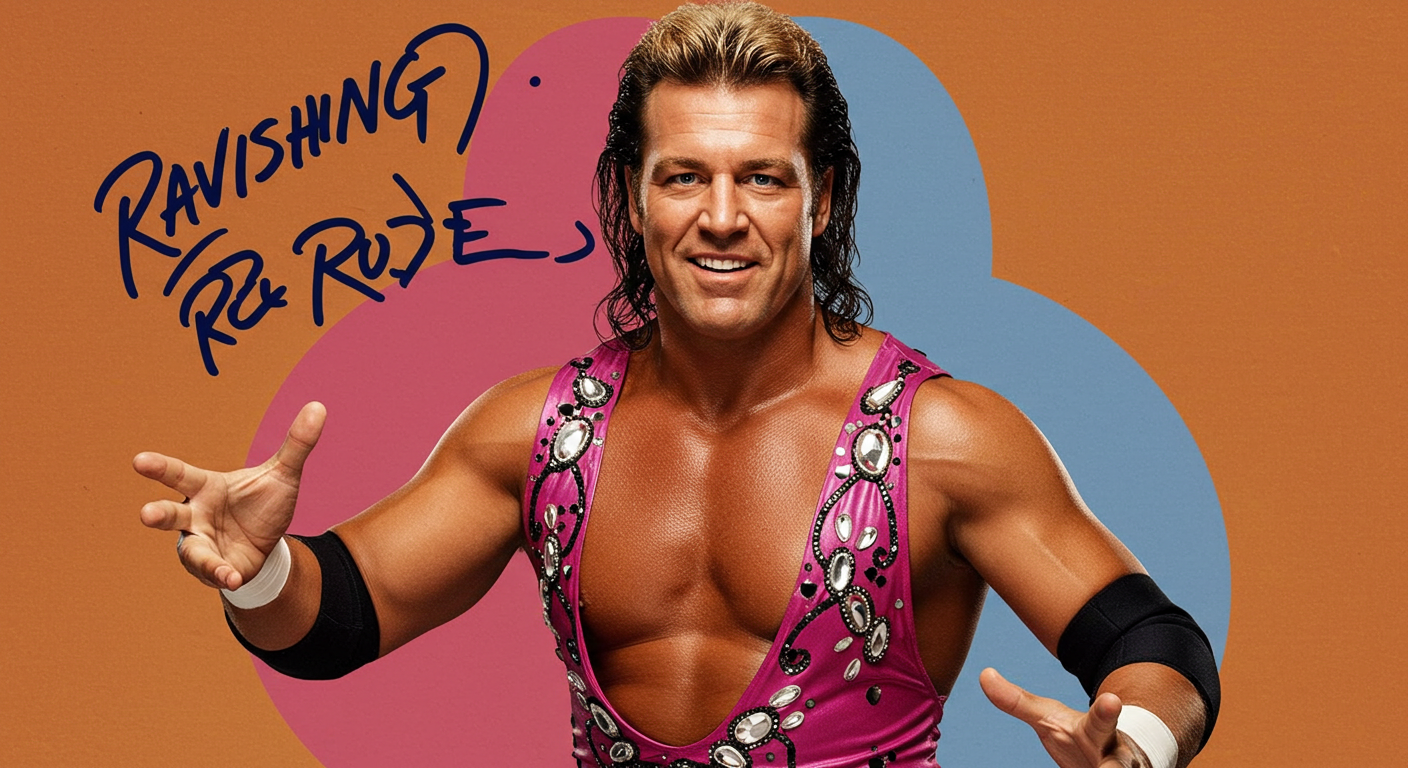
The Final Resume: An Insurance Policy and a Monday Night War Icon
Though his wrestling days were over, Rude’s resume had one final, unique chapter. His sharp mind and intimidating presence made him a perfect non-wrestling character.
- The Insurance Policy: Rude appeared in ECW as a commentator and mystery man before returning to the WWF in 1997 as the “insurance policy” for the newly formed D-Generation X. He was the stoic, serious enforcer alongside the juvenile antics of Shawn Michaels and Triple H.
- The Monday Night War’s Only Free Agent: In one of the most infamous and legendary moments of the Monday Night War, on November 17, 1997, Rick Rude achieved the impossible. Because WWF’s RAW was taped, he appeared on the show with DX. Then, just an hour later, he appeared live on WCW’s Monday Nitro, joining the New World Order. He is the only performer to have ever appeared on both rival shows on the same night, a unique footnote on a one-of-a-kind resume.
Sadly, Rick Rude passed away in 1999 at the age of 40. He was posthumously inducted into the WWE Hall of Fame in 2017, an honor befitting a career that was as influential as it was impressive. His resume shows a multi-time champion across every major promotion he worked for, a master of character, and a legitimate tough guy who could back up every arrogant word he spoke. He was, and always will be, simply ravishing.
